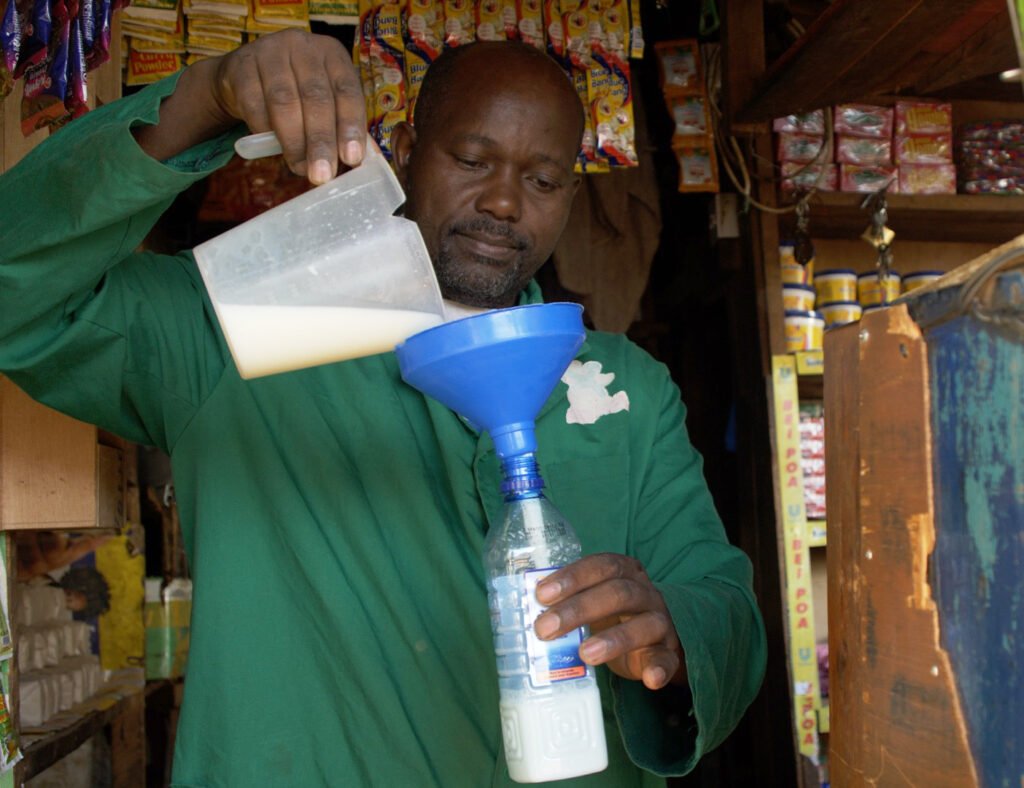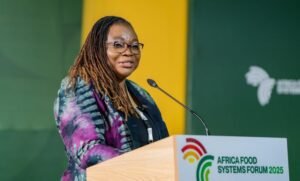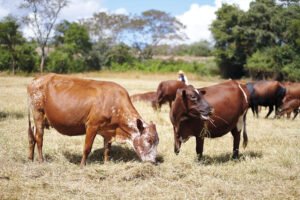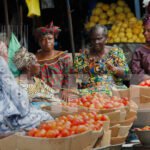By Murimi Gitari, September 12, 2025 In a landmark move poised to reshape Kenya’s dairy landscape, the Kenya Dairy Board (KDB) and the International Livestock Research Institute (ILRI) have signed a Memorandum of Understanding (MoU) to drive innovation, inclusivity, and sustainability across the country’s dairy value chain—from farm to glass.
The agreement, signed in Nairobi, formalizes years of collaboration between the two institutions and sets the stage for a transformative approach to dairy production, processing, and consumer engagement. By combining ILRI’s cutting-edge research in animal health, genetics, and feed systems with KDB’s regulatory oversight and policy leadership, the partnership aims to unlock new opportunities for smallholder farmers, processors, and consumers.
“This MoU strengthens our ability to deliver on our promise to regulate, promote, and develop Kenya’s dairy industry with innovation, integrity, and impact,” said Dr. Kimutai Maritim, Acting Managing Director of KDB.
Kenya’s dairy sector is the largest in East Africa, producing over 5.3 billion litres annually and contributing 4.5% to the national GDP. With per capita milk consumption at 92 litres—among the highest in Africa—the sector is both a nutritional cornerstone and a vital economic engine. Yet, over half of Kenya’s milk is distributed through informal channels, which, while essential to livelihoods, pose challenges in safety and quality assurance.
ILRI Director General Appolinaire Djikeng emphasized that the partnership goes beyond production goals to address climate resilience and genetic innovation.
“We must ensure the dairy sector is sustainable in the face of climate change. In regions facing feed stress and disease outbreaks, genetic improvement is key to building resilient production systems,” Dr Djikeng said.
He also highlighted the importance of capacity building—not just within ILRI and KDB, but across the broader ecosystem.
“We’re committed to training not only our teams but also engaging stakeholders across the sector. The ultimate goal is to ensure farmers can generate income sustainably.”
The MoU builds on the success of the MoreMilk 2 project—a KSh 200 million initiative funded by the Bill & Melinda Gates Foundation and the UK Foreign, Commonwealth & Development Office. Led by KDB and ILRI, MoreMilk 2 has been instrumental in improving milk safety in informal markets, supporting small-scale vendors (especially women and youth), and enhancing public health. The project operates in Nakuru, Nyandarua, and Uasin Gishu counties, offering training in safe milk handling, business skills, and regulatory compliance.
The initiative has demonstrated how collaboration between vendors and regulators can improve milk safety and empower informal market players.
Kenya’s National Dairy Master Plan projects a doubling of milk consumption by 2030, requiring production to surge from 8 billion litres to over 18 billion litres annually. The KDB-ILRI partnership is expected to play a pivotal role in meeting this demand while ensuring that growth is inclusive and evidence-driven.
Such collaboration, according to the Ag KDB Managing Director, would not only support livelihoods and nutrition but also help Kenya meet its ambitious goal of doubling milk consumption by 2030, ensuring that growth is inclusive, sustainable, and driven by evidence-based solutions”.
He reiterated that the MoreMilk 2 project is a prime example of how KDB and ILRI can work together to deliver on their shared mandate to regulate, promote, and develop the dairy industry. The MoU, he said, formalizes years of collaboration and provides a framework to strengthen production, processing, safety, and consumer awareness
“Together, this partnership can bridge critical gaps, strengthen the dairy value chain, and scale innovations that enhance productivity and resilience among smallholder farmers,” said ILRI Director General.
Dr Maritim emphasized that the strategic focus is on increasing milk production, enhancing value addition, and transitioning the informal dairy sector into a more formalized system. This shift is expected to improve access to safe, high-quality milk for consumers while creating more structured opportunities for vendors and processors. Formalization will also strengthen regulatory oversight, ensuring that milk meets national safety and quality standards.
“To meet Kenya’s ambitious goal of doubling milk production—from 5.2 billion litres to 10 billion litres annually, we are also leveraging genetic improvements in dairy cattle. A key intervention is the subsidization of high-quality semen, including sexed semen, which allows farmers to selectively breed female calves that are more productive for milk. Previously priced at KSh 6,000 per dose, sexed semen is now available at a subsidized rate of KSh 1,000, making it significantly more accessible to smallholder farmers.
With the MoU now in place, stakeholders across the dairy ecosystem are watching closely as Kenya positions itself to lead the region in safe, sustainable, and equitable dairy development.







